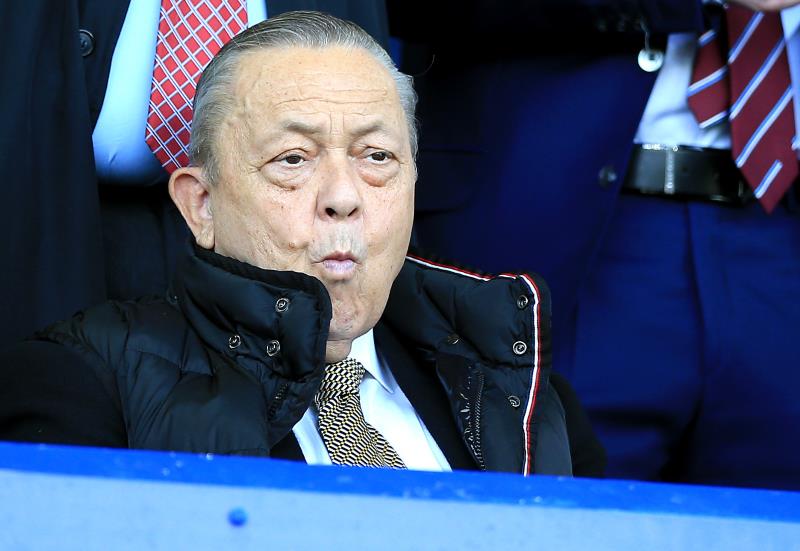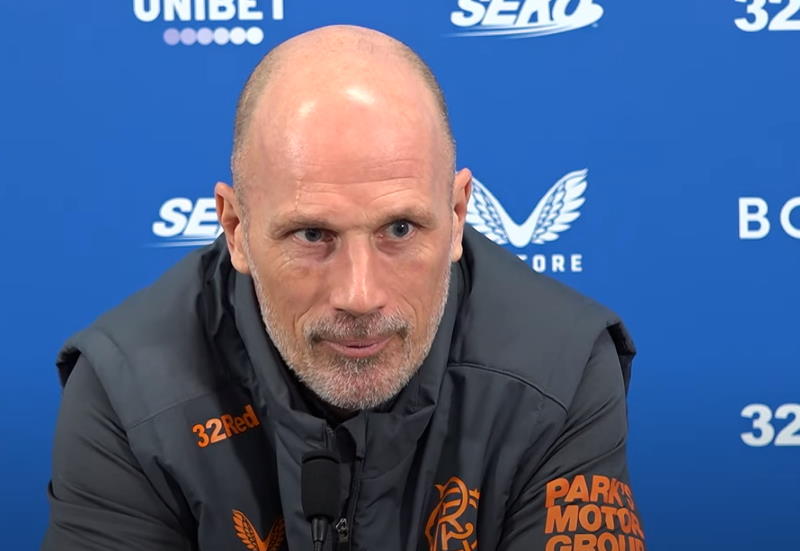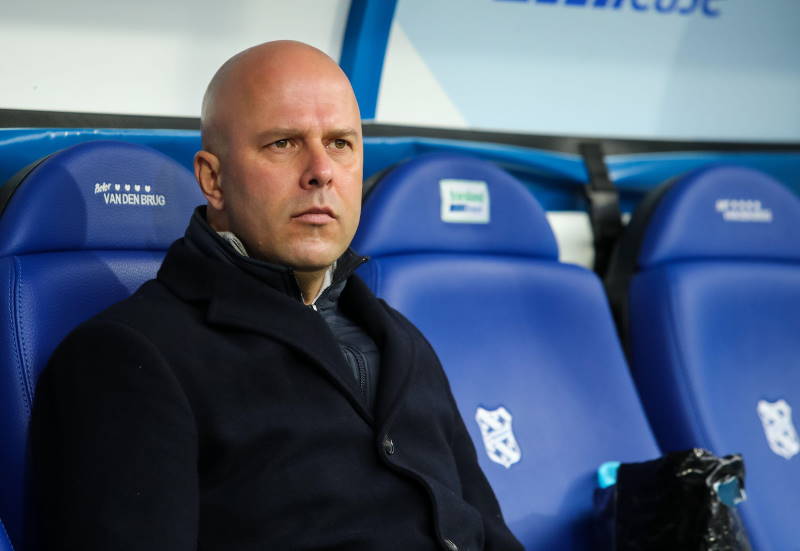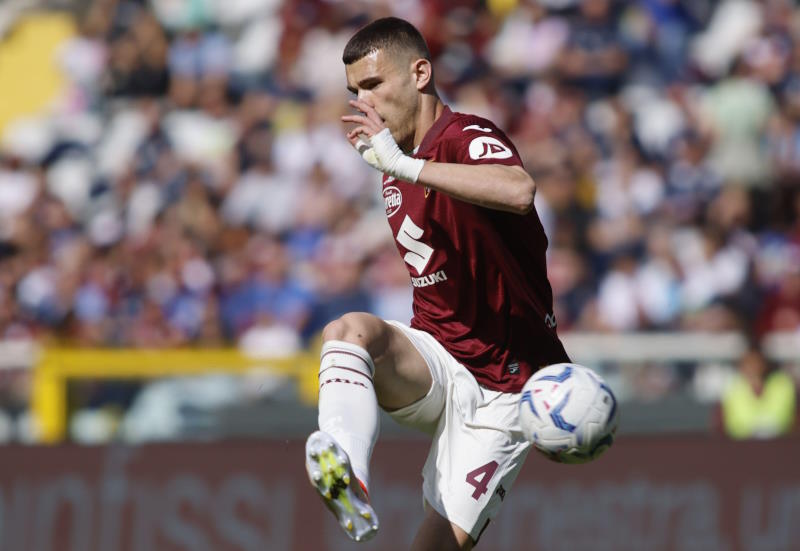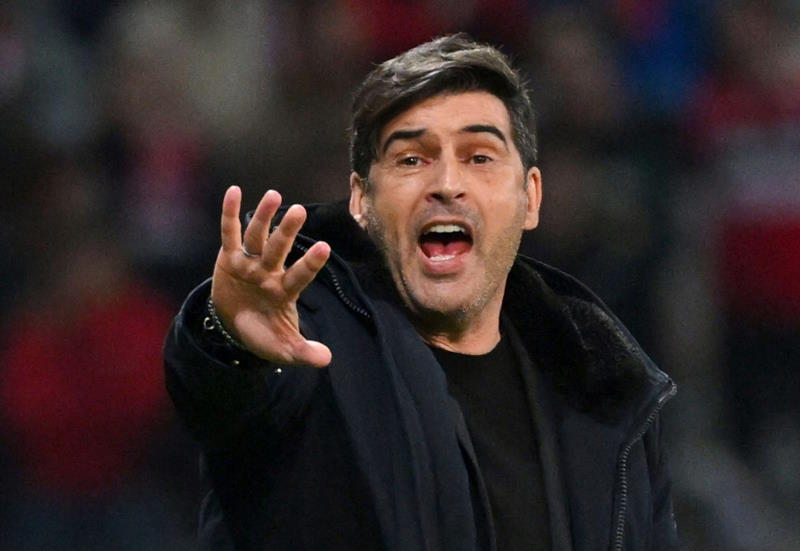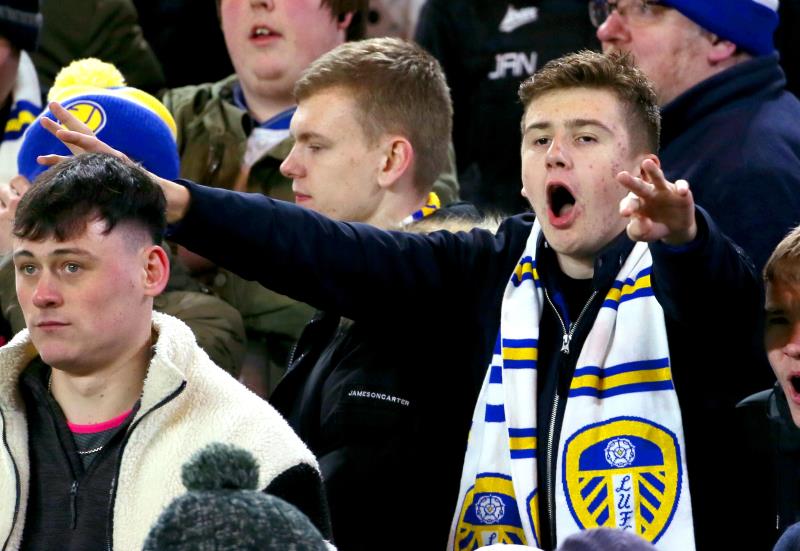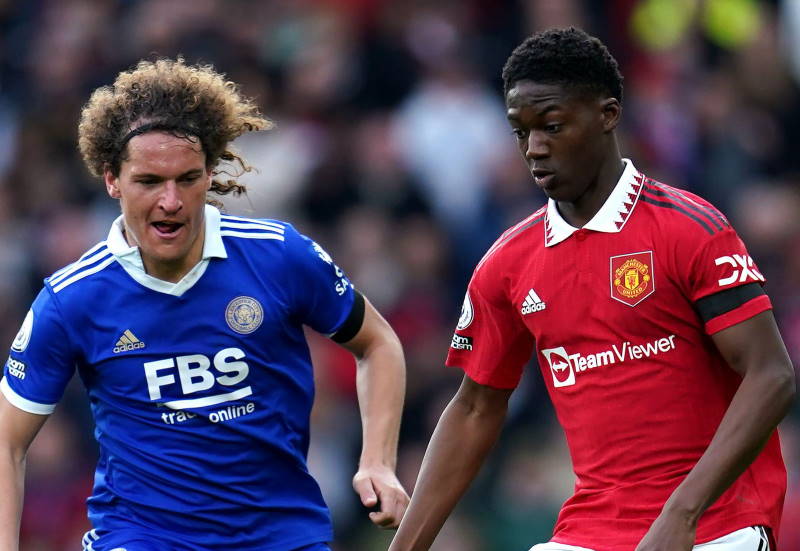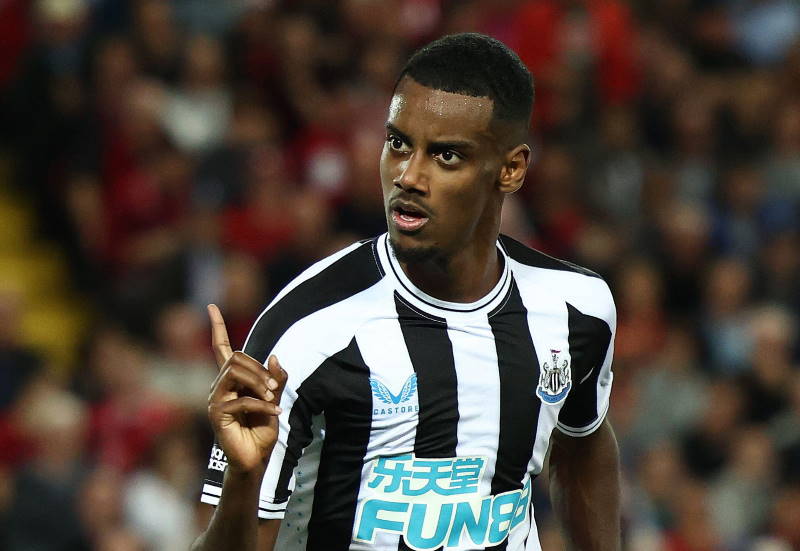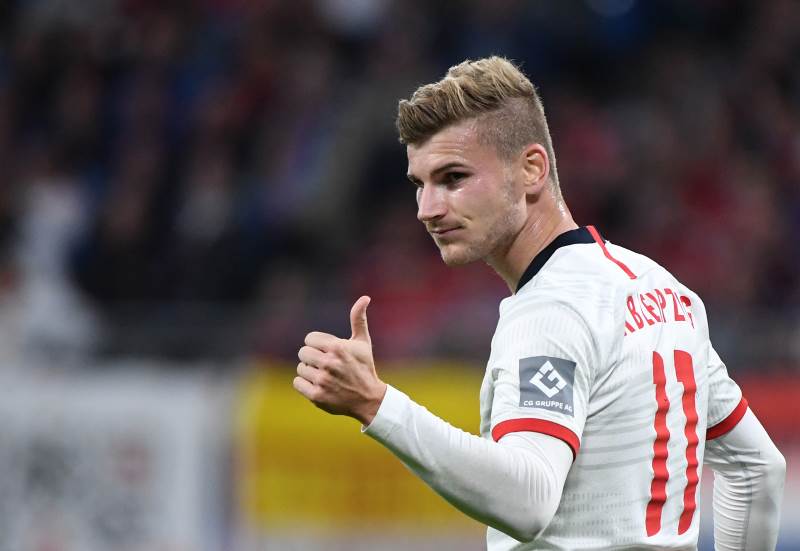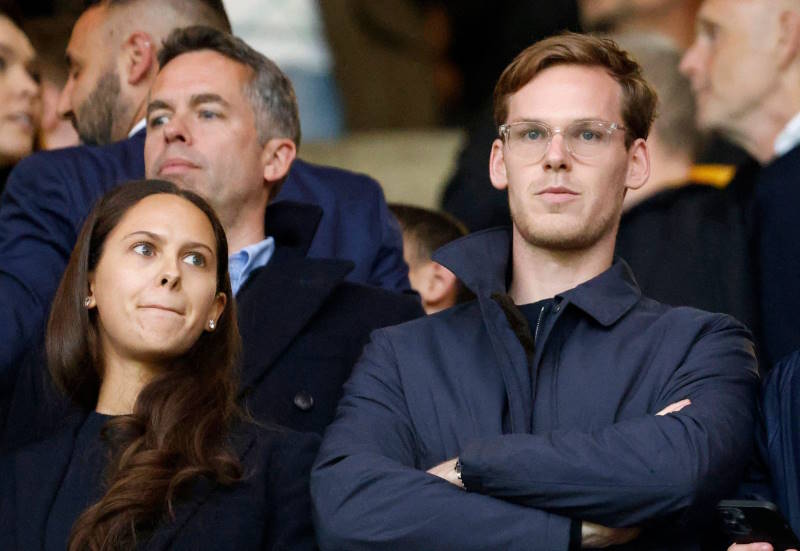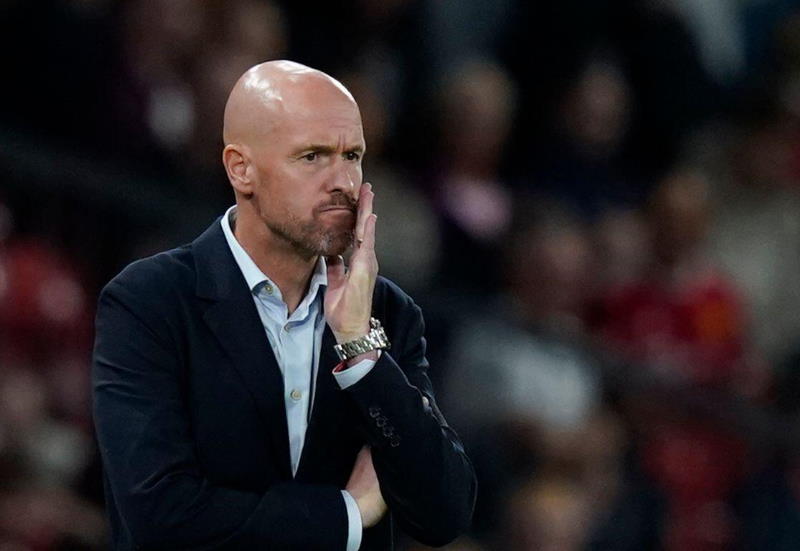
This season began under a cloud for Aston Villa, and could yet end under a storm, but even if the weather brightens up a familiar pattern seems ready to emerge. Even the silver lining of England’s win over Wales with two Villans to the fore is essentially another looming disaster in disguise.
As James Milner last summer and Gareth Barry before him, Ashley Young, Aston Villa’s most bankable asset and best-performing player this season (apart from perhaps Marc Albrighton) is seemingly preparing to leave, moving on to pastures new and hoping for the greener grass of Champions League football.
Even if Villa do what is expected of them and avoid relegation – surely three of Wigan, Blackpool, Birmingham, West Ham, West Brom, Wolves and Blackburn will do worse with their tougher run-ins – it is highly unlikely that their star forward and chief creator will extend his contract and light up Villa Park for another year.
Manager Gerard Houllier’s willingness to allow contract negotiations to enter the player’s final year so meekly, not attempting to push for an immediate resolution (at least in public), has alerted already-circling predators such as Tottenham Hotspur and Manchester United; but with only 12 months left on Young’s contract the club could only receive a modest profit on the £9.65M fee they paid Watford four years ago (especially considering the Hornets’ 15% chunk of any transfer fee).
With Villa now firmly behind Spurs, Manchester City and a resurgent Liverpool in the Champions League hunt, as well as lagging behind Bolton, Sunderland and Everton for Europa League qualification, there has to be a good reason for a player of Young’s calibre to stay.
American owner Randy Lerner and Gerard Houllier – or a successor should the unpopular Frenchman face the guillotine – need to come up with a compelling case to persuade the tricky winger to ink a new deal.
A good idea would be to take a leaf out of Arsenal boss Arsene Wenger’s playbook, that which is dusted off so successfully every summer to keep Cesc Fabregas at the Emirates Stadium, or a strategy similar to David Moyes’ system to keep Mikel Arteta at a wildly-fluctuating Everton outfit: promise that the good times are just around the corner, and make the player aware of how crucial he is to these plans.
Aston Villa have obvious pedigree – former European champions, the fourth-most successful English club of all time, a famous ground with famous players – but the past cannot forever sustain the future, so slated success must have more recent roots.
As well as run prior of three consecutive sixth-place finishes to this season’s aberration in the league, there were also two Wembley trips last year, both of which saw serious bids for cup glory mired in controversy and perhaps unjustly undermined by refereeing decisions. This campaign’s backwards step can also be credibly justified as a legacy of Martin O’Neill’s messy departure, a slip-up that a summer of stability could rectify.
Houllier can also point to the £18M signing of Darren Bent from Sunderland in the January window as a reason to stay in Birmingham. Not only can Villa draw big names to add to those already resident the Frenchman can argue, the Midlands outfit will also pay big-money to do so and build a solid platform for top players to display their talent at the highest level.
If that isn’t persuasion enough, then Houllier could do worse than point to one of the country’s most successful youth academies. Only Manchester United have reared more Premier League players, and the likes of Gareth Barry, Gabriel Agbonlahor, Liam Ridgwell, Craig Garner, Gary Cahill and Albrighton are all plying their trade at the top table since coming through the ranks, with past alumni numbering Darius Vassell and Dwight Yorke; present prospects include Barry Bannan, Nathan Delfouneso and Nathan Baker.
And surely, Houllier may mutter with an arm round the forward’s shoulder, it would be better for Young’s international prospects to have a side built around him, to have him pulling the strings and running the show, rather than suffer Old Trafford’s squad rotation, face-off with Aaron Lennon and Gareth Bale at White Hart Lane or walk into more uncertainty at Anfield.
But even with money available, the facilities in place, a squad capable of success and a youth system able to sustain it, Young could still conclude his future will be better served elsewhere. The England man could go to a bigger club with a better history and a need for wingers (Liverpool); a club with better prospects, players and more money (Tottenham); or to a success-story that comes ready-made and has been unstoppable for nearly two decades (Manchester United). Everything the 25-year-old could ever ask for at Aston Villa, and a whole lot more.
No Villa fan would begrudge Young a move at the end of this season, but the real despair will come from the jaded sense of déjà vu, with the more pessimistic wondering who next out of Stewart Downing, Albrighton or Agbonlahor will be next to leave. It never seems to rain at Villa Park – it only seems to pour.


